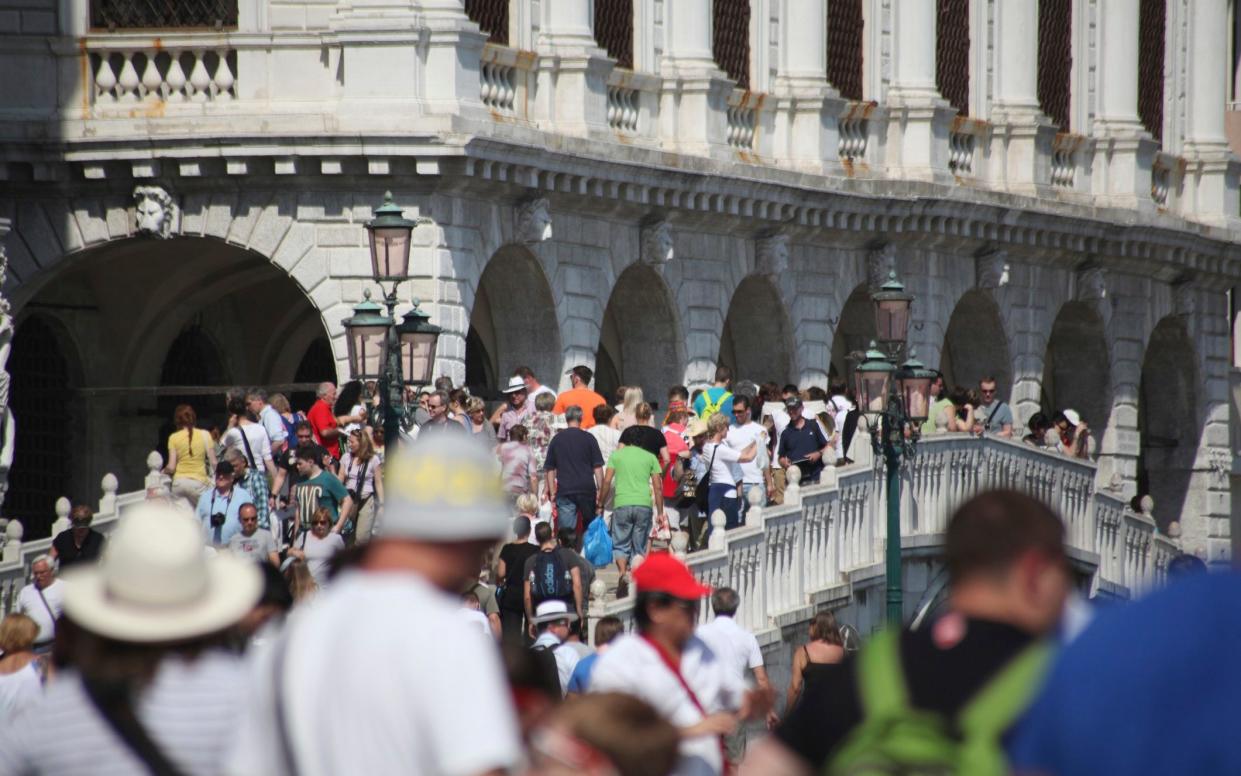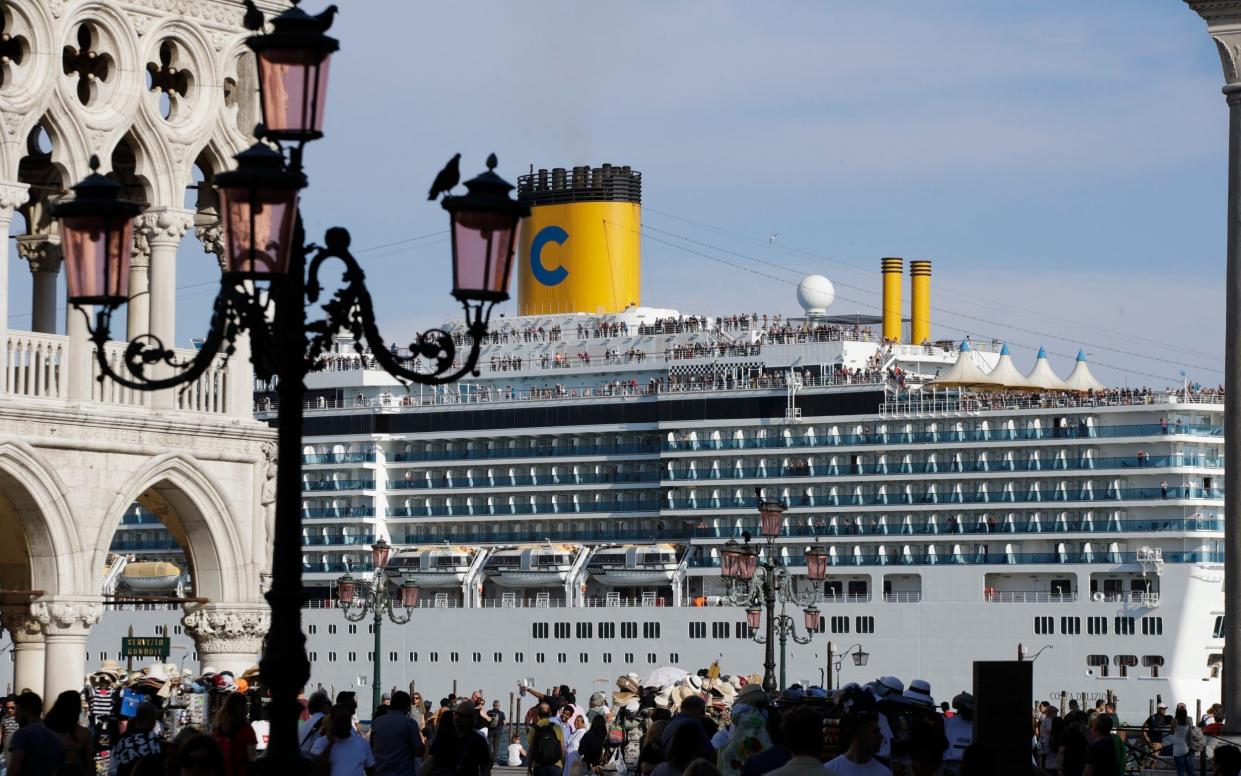Venice tourists face €300 fine if they fail to pay day-tripper fee

Tourists in Venice face being slapped with a €300 fine if they fail to pay a newly-introduced entrance fee aimed at minimising overcrowding.
The Italian city had initially insisted that the day-tripper fee was not a tax and would not lead to long queues; however during a briefing on Thursday, Mayor Luigi Brugnaro described the charge as a tax and conceded that lines could form at the official entry points.
Tourists who are not staying in Venice in a hotel or other kind of accommodation will need to pay an entrance fee of €5.
Mr Brugnaro said personnel have been trained to verify that tourists who are not staying in Venice have either a QR code confirming payment of the fee or an exemption voucher. Exemptions will be issued for a variety of reasons, including to access the city for work, school or medical care, as well as to people born in Venice, and residents of the Veneto region.

Mr Brugnaro said that anyone found beyond designated control points without the required documentation will be subject to fines. These will range from €50 to €300, plus the maximum entrance fee allowed by law, set at €10.
“There is no tax without controls,’’ Brugnaro told foreign reporters in Rome.
Visitors will be subject to random, not systematic, checks, he said.
There will be no turnstiles or physical barriers placed at entry points, such as train station Venezia Santa Lucia, one of the main gateways into the lagoon city.
Those staying in the city will be exempted because they already pay a tourist tax as part of their accommodation.
Venice welcomes 25 million to 30 million tourists a year.
Endangered site
The day-tripper fee was announced last year after the city was added to the UN’s list of endangered heritage sites owing to overtourism.
While tourism is a key source of income for Venice, many residents have long baulked at the hordes of people visiting it every day, pointing out that for decades the city has steadily lost residents, due to lack of affordable housing and jobs unrelated to tourism.
In 2021, Italy’s government banned giant cruise liners, which for years towered over the ornate palazzos of Venice, from coming close to famous landmarks such as the Piazza San Marco, ending years of disputes with groups of local residents.
While many residents praised the decision, they said it was far from enough to solve the problem of overtourism.
Critics such as civic association Ocio have been saying for years that the proliferation of apartments for tourists has considerably raised the cost of living in the city for residents, while day trippers spend little money in the city but imply higher costs, such as those incurred to clean the streets or collect garbage.
In particular, they sounded a warning last summer when the number of tourist beds officially overtook the number of residents, which has dwindled to under 50,000, from 175,000 in 1950s, in a trend dating back decades. They said the imbalance drains the city of services, clogging its tight alleyways and water buses with suitcase-toting tourists and pushing residents to the mainland with its conveniences.
It remains unclear whether the entry tax will discourage day trippers from visiting Venice.


